What is trauma?
Psychological trauma is a type of injury that occurs as a result of an overwhelming experience. Not all bad and distressing experiences result in lasting trauma, and not all trauma arises from events that seem traumatic. However, when the stress caused by a traumatic event exceeds a person’s ability to deal with the emotions brought on by the experience, they are left feeling unsafe and unable to cope.
Trauma can also have a lasting and far-reaching impact on your functioning if it happens early in life when the brain is still rapidly developing and adapting to the environment. This is especially true when the trusted adults play a part in the trauma.
What is childhood trauma?
Childhood trauma can be caused when children experience extremely frightening, dangerous or emotionally distressing events that feel threatening to their perceived safety - physical, psychological and/or relational. It can also be caused by witnessing a loved one suffer a traumatic event. Children are dependent on adults, so a threat to the safety of a key adult will significantly impair a child’s sense of safety.
If their primary attachment figure is in danger, a child will be too. The trauma is the impact of these experiences, and can last a lifetime without appropriate support.
When we ask ourselves ‘what is trauma?’, we should think about the impact of experiences that lie outside the realm of everyday life that no child should have to go through. Such as rape, a house fire, pervasive and persistent danger, instability, abuse or neglect. These are referred to as Adverse Childhood Experiences (ACEs).
Sadly, the majority of young people in foster care will have been exposed to at least one significant adverse experience early in life, with the main causes of trauma in fostered teens being due to abuse and neglect.

"1 in 3 young people are exposed to at least one traumatic event by the time they reach 18." - UK Trauma Council
Different types of childhood trauma
There are three different types of trauma:
Acute trauma
Acute Trauma
Acute trauma is described as the impact of a singular traumatic event, which can lead to a child developing symptoms of PTSD (post-traumatic stress disorder).
They may have been attacked in a mugging, raped or involved in a serious car accident that triggers flashbacks, panic attacks, extreme anxiety, or a combination of them all.
Chronic trauma
Chronic Trauma
Chronic trauma is described as the impact of a child enduring multiple traumatic events or being exposed to adverse experiences over a prolonged period of time.
This could be bullying, domestic violence or even war in certain parts of the world. In these cases, the effects of trauma on the body and mind are similar to acute trauma, in that children may experience flashbacks, panic, anger and stress, but perhaps with symptoms being more intense and long-lasting.
Complex trauma
Complex Trauma
Complex trauma is described as the impact of a child being repeatedly exposed to traumatic events of an invasive and interpersonal nature, or occurring such as being abused or neglected. It often happens during early childhood and at the hands of those who should love and protect them, making it even more fundamentally distressing. There are a wide range of lasting effects of complex trauma, including how a child forms relationships, regulates their emotions and develops a sense of identity.
The symptoms and effects of childhood trauma can also manifest in less obvious ways. For instance, ‘flashbacks’ are not always audio-visual. Instead, the child may be flooded with overwhelming emotions, or hijacked by compulsive behaviors or phobias. Everyone is different so it’s important to understand each person’s response and work from there.
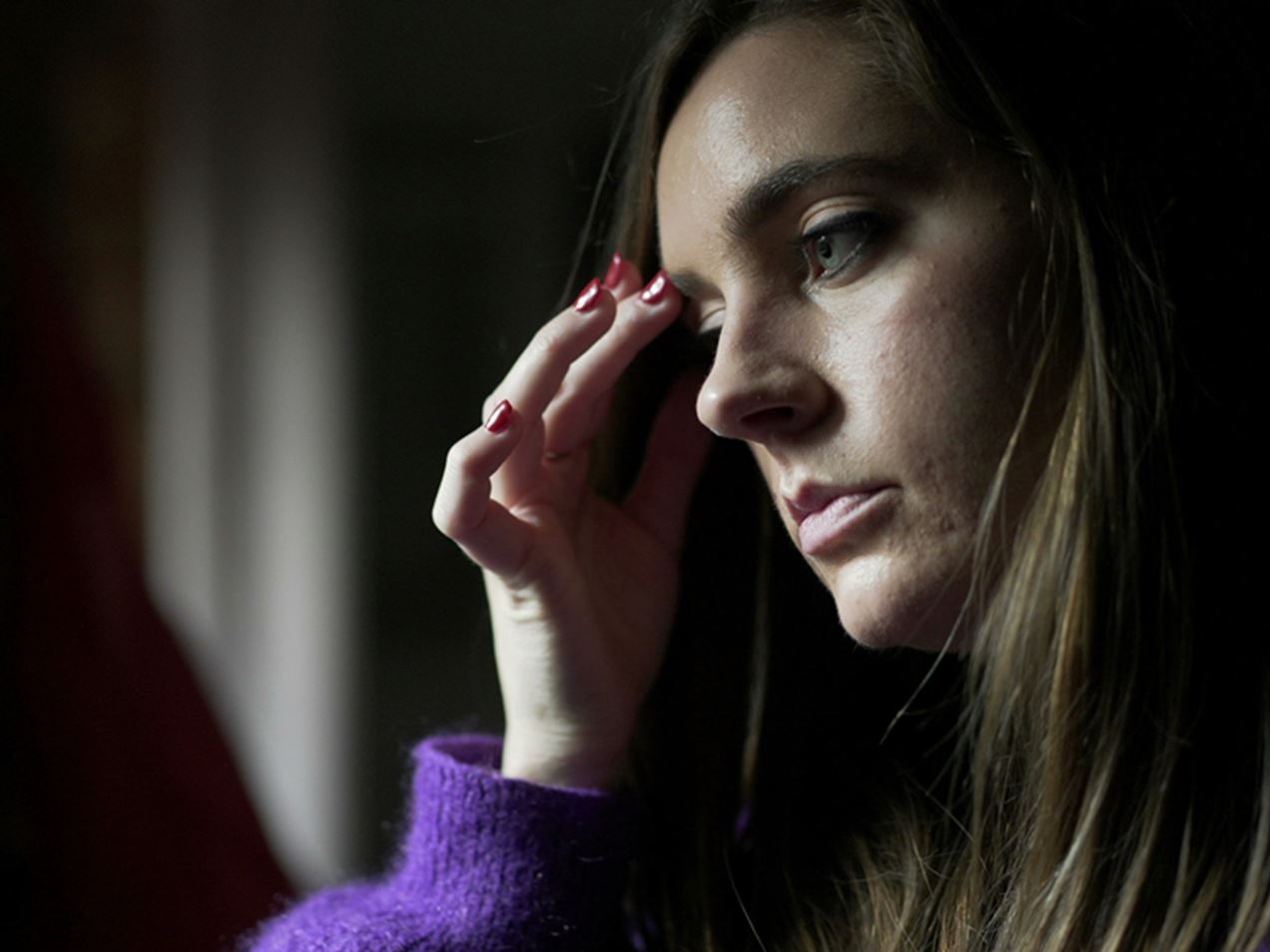
What counts as childhood trauma?
Here are some experiences, or types of childhood trauma, that children may go through or be exposed to that result in them being traumatised.
Signs of childhood trauma in teenagers
When you’re fostering teenagers, you may wonder why they have such a prolonged and severe reaction to trauma that happened years before. It’s because trauma has a profound impact on a young brain’s psychological and physiological development.
Even long after the initial event, the effects of childhood trauma are still prevalent. They may suffer from intrusive flashbacks triggered by certain sounds, smells or people. This means that even situations with very low levels of stress can cause teenagers to be flooded with the same levels of anxiety, fear, panic and helplessness they felt at the time of the traumatic event.
This is why teenagers in care with complex needs desperately need the stability and security of a loving foster family who can help them heal and build the foundations of a positive future.
“19% of children experience some form of abuse or neglect." - NSPCC
Here are some common signs of trauma in teenagers to look out for:
- General heightened anxiety
- Extreme clinginess and/or fear of being left alone
- Passivity, daydreaming and not being present
- Hyperactivity, reactivity and irritability
- Numbness or apathy
- Problems with sleeping
- Problems with personal care, including issues with bladder/bowel control
- Problems with eating habits
- Intense verbal or physical aggression
- Exhibiting premature, indiscriminate or inappropriate sexualised behaviour
- Sadness and chronic depression
- Exhibiting behaviour of a younger age
- Lack of focus and short attention span
- Engaging in risky, dangerous activities
- Unusually regular or unexplained headaches or migraines
- Issues with emotional regulation
- Medically unexplained symptoms
- Issues with memory
- High startle reflex – being easily startled by stimuli
- Problems with relationships
- Deep mistrust and pessimistic view of the world and people, including themselves
- Feeling very different from other people
- Significant self-harm and suicidality
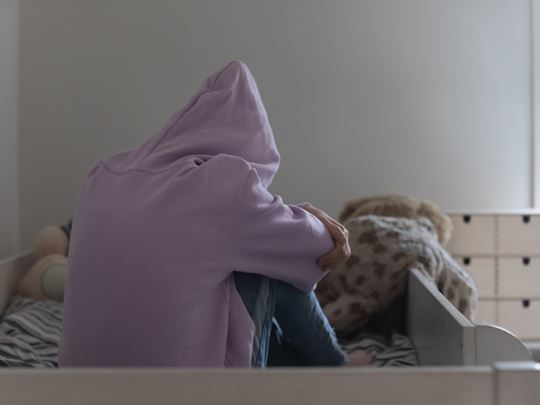
Trauma and the teenage brain
During adolescence, a lot of changes happen. There are new emotions, new bodily changes, new found independence and more challenging decisions to tackle. To prepare for this, the brain undergoes extensive re-development.
- Cell production
An adolescent brain experiences an increase in cell production as it prepares to learn new skills. With the right stimulation and guidance from a nurturing adult, these additional cells support the acquisition of new skills and processes. - Faster neural highway
During adolescence, the brain’s neural highway speeds up so that different parts of the brain can communicate more effectively. To accommodate this change, serotonin production – the ‘happy hormone’ – slows down, causing low mood. - Prefrontal cortex development
The prefrontal cortex is responsible for impulse control, decision-making and regulating behaviour, amongst other things. While this develops during the teenage years, the parts of the brain responsible for emotions have more influence. This means teenagers may respond to situations largely based on their emotions rather than rational thoughts.
For most teenagers, these changes are already tricky to navigate, but a lot of young people in foster care, they’re also suffering from the psychological effects of trauma. Experiencing traumatic life-changing events plays a big role in brain development during this crucial transition period into adulthood.
When a child’s needs are not being met and they have no adult to depend on, they’re forced to come up with their own coping strategies. When used consistently over long periods of time, this has an impact on how the brain develops and functions. For example, the brain of a neglected child who isn’t fed will focus a large amount of energy on when and how they will get their next meal. Hoarding, bingeing or stealing food, or suppressing hunger and self-denial around food, can be common behaviours in children who have suffered neglect. These coping mechanisms can be unhealthy and dangerous, but they are doing what they feel is necessary in order to survive.
Over time, the patterns and behaviours developed to cope with the effects of childhood trauma become the brain’s path of least resistance. The parts of the brain that control "fight or flight" responses take over to protect the child from danger, depriving other parts of the brain from the resources they need to function well.
Even long after a child has been placed into a safe, nourishing environment, they are likely to continue using the same coping strategies as they did to survive their trauma. Teenagers in this situation can have extreme reactions to certain triggers, difficulty understanding consequences or unhealthy food-related behaviours as mentioned above.
“Psychological trauma is a currently maladaptive neurological response to a danger which happened in the past” - Crittenden 2020
Therapy for childhood trauma
At ISP, we believe in the power of therapeutic fostering. It’s a specialist approach to fostering children with complex needs and trauma. We understand that the journey to healing from the painful experiences and causes of trauma is a long road for both a child and their foster family. But with the right care and trauma therapy, it’s a road of opportunity, self-discovery and eventually, recovery.
That’s why we have an integrated, holistic approach to therapy. This means the child’s entire network is trauma-informed, as opposed to therapy being seen as a separate supplement to their care. From the care they receive from their foster parents through to everybody involved in their education, helping young people heal from trauma is built into the fabric of everything we do.
Trauma therapy isn’t a one-size-fits-all approach, so being flexible and responding to how children work through their emotions is critical in achieving a positive outcome. For those children who do wish to access one-to-one therapy, our trauma therapy programmes are tailored to their specific needs. It gives them a chance to reflect on their past and learn to sit with their feelings.
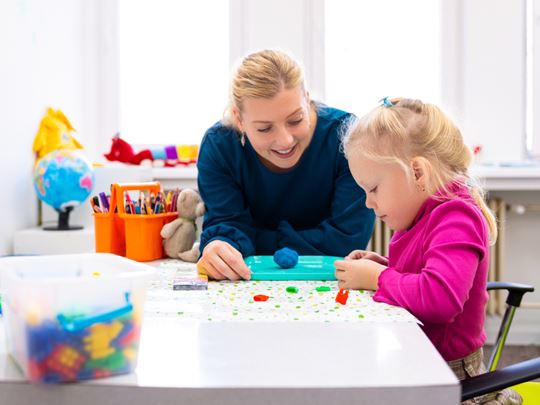
Here are just some types of therapy for childhood trauma available to the children in our care, all of which are delivered by our in-house therapists.
- Child and adolescent psychotherapy
- Educational psychology
- Speech and language therapy
- Art, play, drama and music therapies
- Cognitive behavioural therapy
- Anger management
- Therapy for sexually harmful behaviours
- Life story therapy
- Acceptance and commitment therapy
- Psychodynamic therapies
- Talking therapies
Helpful resources & support
Visit the UK Trauma Council for helpful articles, videos and guides, as well as engaging animations to help when you’re explaining trauma to teenagers. Or, check out i-Space, our own information and advice hub for foster parents and young people. From communication and safeguarding to life skills and leaving care, you can help your foster children flourish in every aspect of their lives and grow into confident individuals with bright futures.
Or, get in touch with our friendly team if you’re thinking of becoming a foster parent. We’ll gladly answer any questions and can help you work out if fostering is right for you.
Could you provide a child with a safe and secure home?
If you’d like more information about fostering a child or teenager who has gone through trauma, or about ISP and how we care for children with complex needs, please get in touch with our friendly team today. We'll gladly answer any of your questions, no matter how big or small.
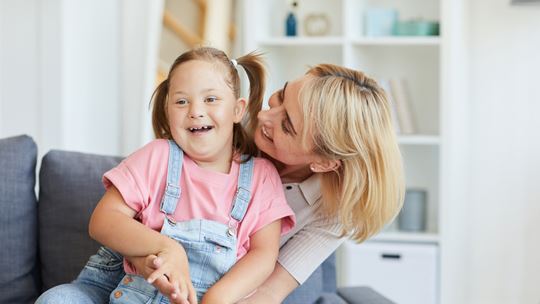
Fostering a Child With Complex Needs
This collection is aimed at foster parents to support you when caring for children with complex needs.
Read More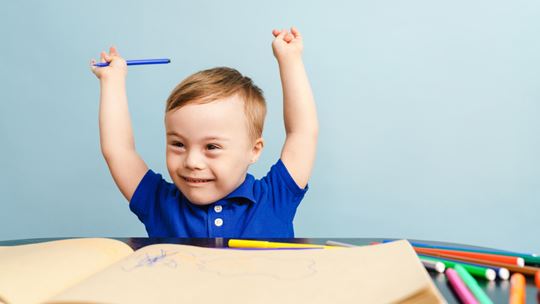
FREE SEND RESOURCES FOR FOSTER FAMILIES
As a foster parent of a child with SEND, you might be wondering where to get support? Here are resources to help you support your foster child at school.
Read More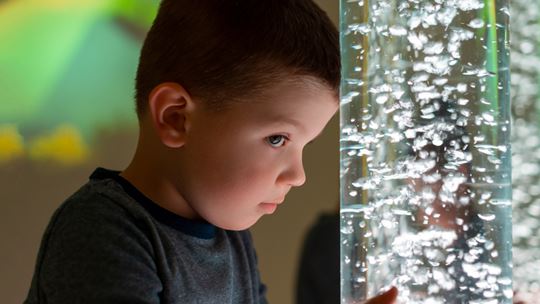
FOSTERING A CHILDREN WITH AUTISM
Around 40% of children in care have a disability or complex needs. Find out how you can help a child with autism flourish and reach their full potential.
Read More